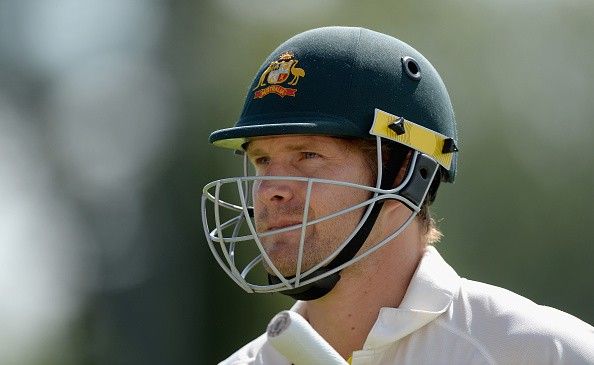
Reliving the decline of Shane Watson's Test career
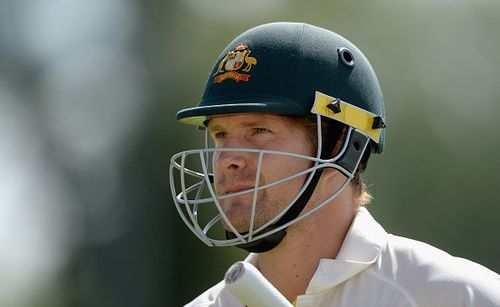
Cricket has continuously proved, as it has for a while now, that teams need multi-skilled players. That can sometimes be interpreted as bits-and-pieces players, which is a wrong assumption. In fact, these are the players who have made a handy contribution in all formats, particularly One-Day cricket.
This of players are nowadays a necessity in the team but when Shane Robert Watson debuted way back in 2005, there were not enough multidimensional players around the world barring the likes of Jacob Oram, Jacques Kallis and Andrew Flintoff. So in that time he had been given his chance in the Test side on the basis of his performances in the ODIs and the Sheffield Shield.
His performances as an all-rounder showcased his skills as a pretty useful cricketer and has gone on to serve Australia for close to a decade. In recent years, however, he has been one of the most debated Australian players.
It was clear when he was dropped from Test side in the recently concluded Ashes tour that he may have played his last Test. With a batting average of almost 35 and his virtual non-contribution in the bowling department due to injuries, that intuition became a reality. But such has been the debate surrounding Watson for years that a more in-depth, statistical analysis of his career needs to be carried out. Why did Australia persist with him thus far? When did he justify his selection and when not?
An Investigation of his Test career can be done in three time periods - Introduction, growth & maturity and decline.
1. Introduction – A slow beginning
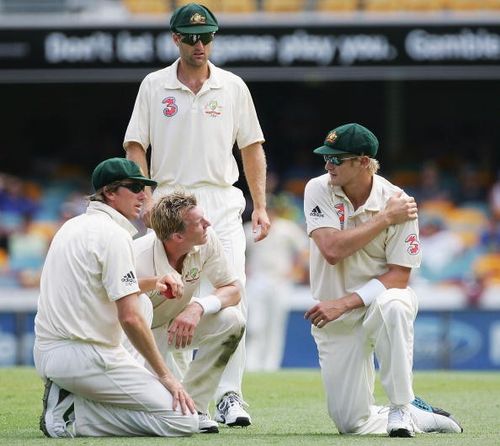
3 Tests: Batting Average: 20.25, Bowling Average: 61.50
When Shane Watson made his debuted in Test cricket in 2005, Australian cricket was at its peak. The all-rounder donned the baggy green for the first time in the opening Test match of the series against Pakistan, one the hosts went on to win 3-0. Watson batted at no.7 and scored 31 runs while he picked up a lone wicket, that of Younis Khan.
Watson’s next Test appearances came towards the end of the year as he featured first against the ICC World XI and then against the West Indies. A shoulder injury in the latter match curtailed his summer and he sat out of the team for the next two years as Andrew Symonds remained a consistent fixture as an all-rounder for Australia.
2. 2008 – 2011: Peak period and emergence as a genuine all-rounder ( Growth and Maturity)
29 Tests: Batting Average: 39.50, Bowling Average: 26.77
After dealing with the injuries, Watson returned to the Test side for the tour of India in 2008. Unlike his debut series, there was a huge difference in the strength of the Australian team. Watson played in all four Test matches against the hosts and impressed with both bat and bowl playing some useful knocks and providing some crucial breakthroughs. Watson’s career highlight till then was when he was picked for the 2009 Ashes series in place of Phillip Hughes.
The period from July 2009 to November 2011 was clearly Watson’s best as a Test player. He established himself as a regular member in the playing eleven and made useful contributions in almost every Tests during that spell with bat and ball.
In the 2009 Ashes series, Watson was out five times between the scores 34 to 62 but come the 2009-10 season, he made 609 runs at an average of 60.90 and picked up 13 wickets at an average of 25.84. He also scored a century in the boxing day Test match against Pakistan and continued his impressive form taking 11 wickets in two Test matches against the Asians at an average of 10.63 to prove once again his worth as an all-rounder.
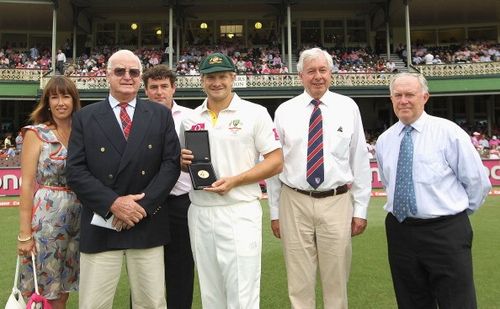
Watson’s best though was yet to come as he scored 435 runs at 48.33 in the 2010-11 Ashes playing as an opener. He consistently laid the foundation for Australia, but his teammates couldn’t push on and his performances were overshadowed by England’s 3-1 series victory. In 2011, he produced one of his finest bowling spells against South Africa, when he took 5/17, playing a crucial role in bowling out South Africa for just 47 runs.
3. 2015: Decline and Frustration ( Declination)
27 Tests: Batting Average: 31.92, Bowling Average: 50.36
Injuries once again came back to haunt Watson and unfortunately, Watson’s Test career never reached the same height since. He performed poorly against India in 2013 – he didn’t cross the score of 30 runs in an innings even once and he didn’t bowl at all.
As 2013 turned to 2014, it became clear that Watson would remain an unfulfilled talent at Test level. There were occasional highlights such as his 183 at The Oval or his underrated 83* at the MCG, but a series of moderate and low scores meant his time was running out.
He became suscept to LBW dismissals and it remained till his last Test match when he was dismissed in the manner in his final two Test innings against England. In fact, over the last two years he was dismissed LBW 29 times.
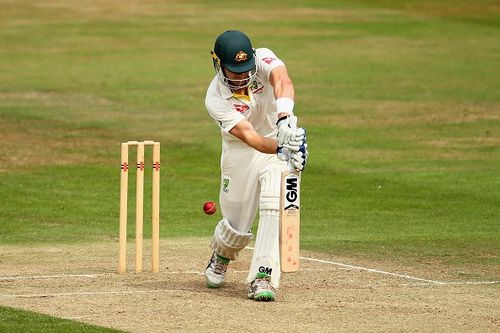
Watson truly had the potential to be an all-time great but injuries and a lack of consistency meant that it remained unfulfilled at least at the Test level.